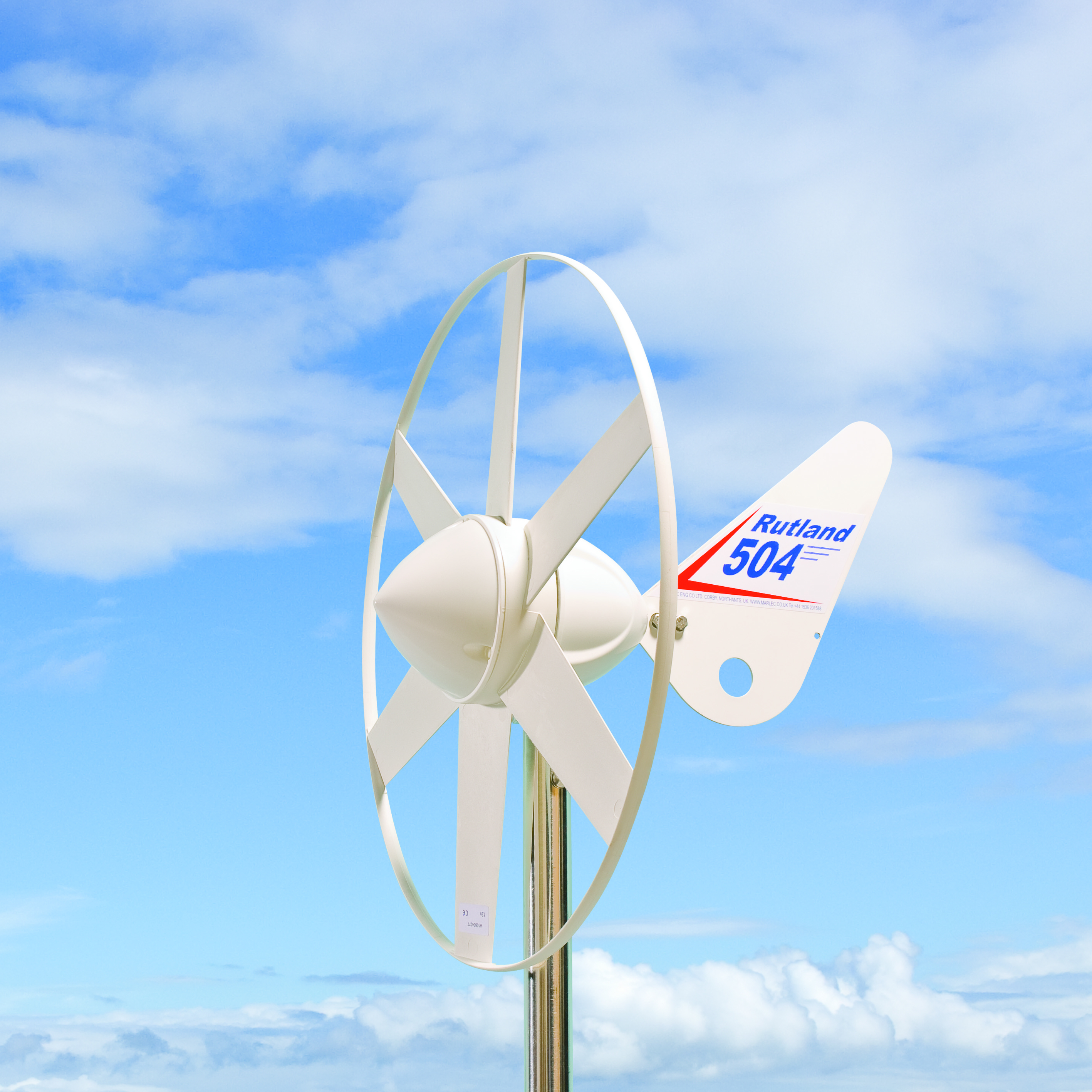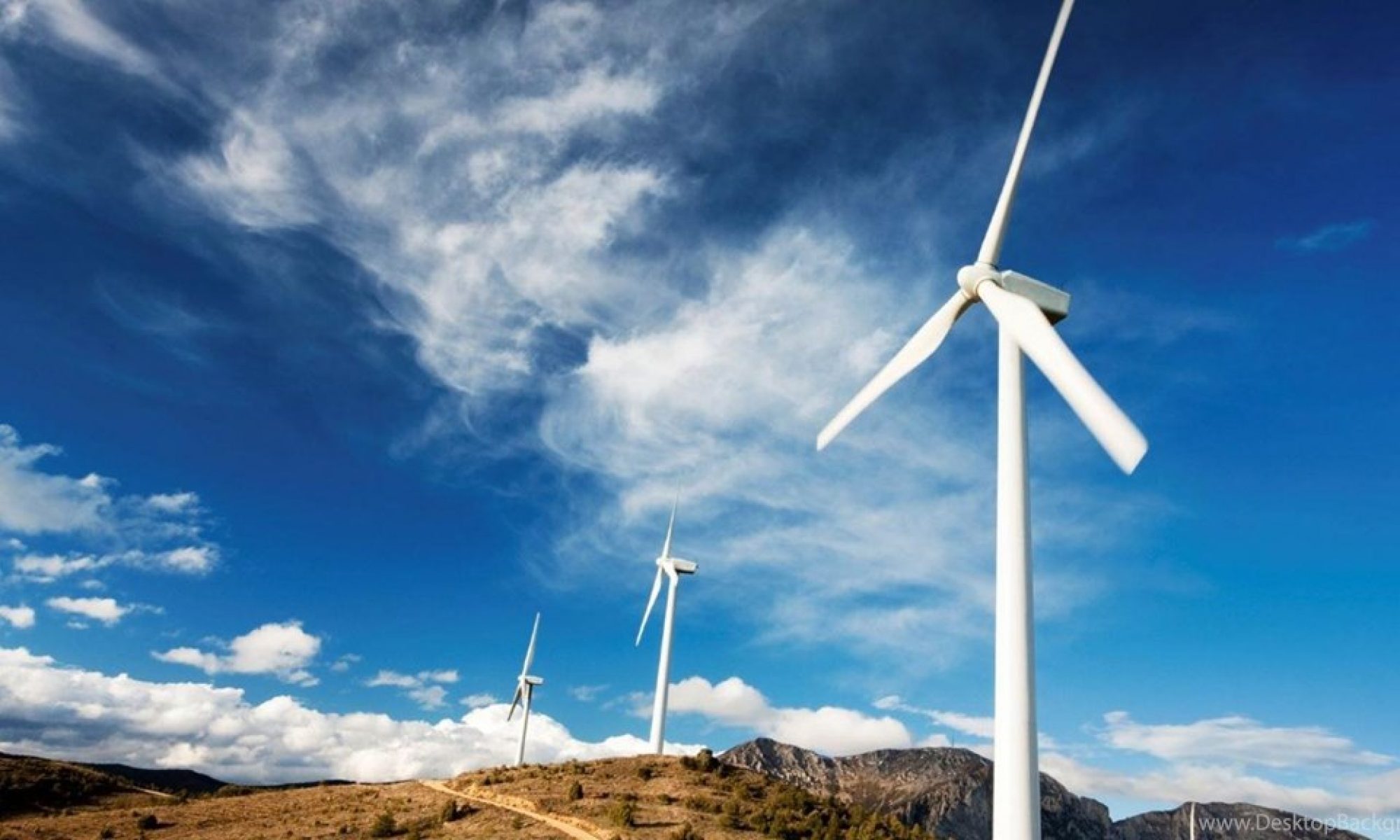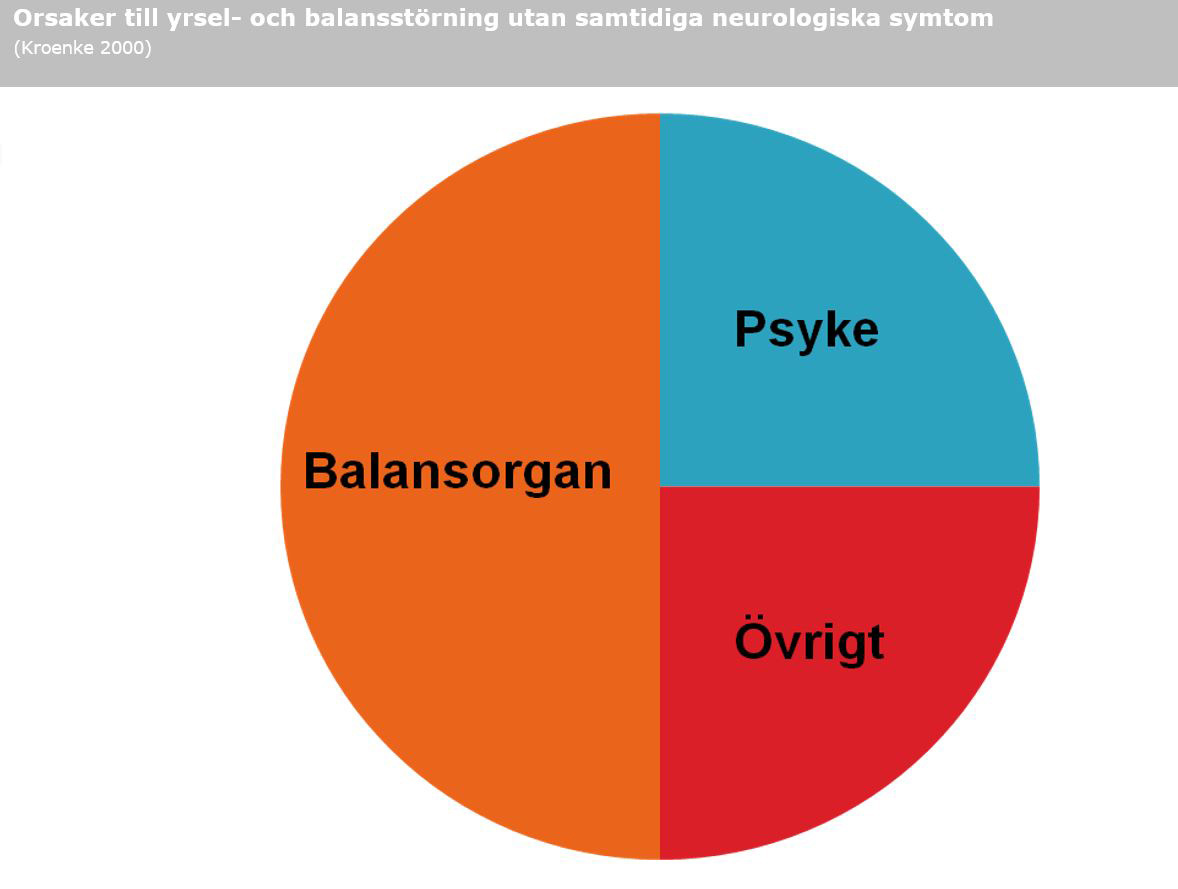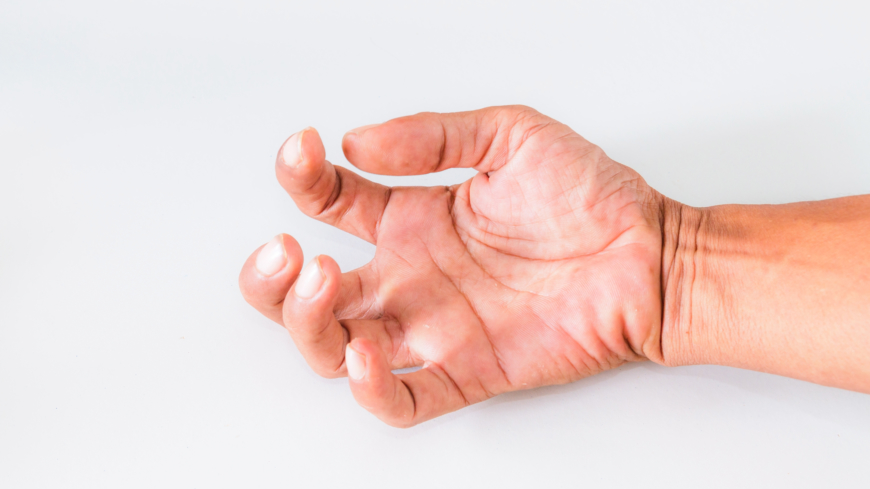Stroke Lillhjärnan Symtom: Navigating the Signs and Recovery Journey
Introduction
Strokes are a critical health concern affecting individuals worldwide. Understanding the symptoms, especially those related to ”lillhjärnan” (small brain), is crucial for early detection and intervention. In this article, we delve into the nuances of stroke symptoms and the journey to recovery.
Understanding Stroke and Its Types
A stroke occurs when blood flow to the brain is disrupted, leading to potential damage. ”Lillhjärnan symtom” refers to symptoms associated with issues in the small brain, warranting special attention.
Risk Factors for Stroke

Various factors contribute to stroke risk, including lifestyle choices, medical conditions, and genetic predispositions. Recognizing these factors empowers individuals to take preventive measures.
Recognizing ”Lillhjärnan Symtom”
Identifying specific symptoms associated with the small brain is vital. We explore early signs that require immediate attention and the importance of prompt action in such cases.
Diagnosis and Medical Intervention
Medical professionals employ various diagnostic procedures to confirm stroke diagnoses. Treatment options, including medications and therapies, are pivotal in the recovery process.
Prevention Strategies
Preventing strokes involves lifestyle changes, medication adherence, and regular health check-ups. Proactive measures significantly reduce the risk of small brain-related symptoms.
Support and Rehabilitation
A robust support network is crucial for stroke survivors. We discuss the rehabilitation process, coping mechanisms, and the role of family and friends in aiding recovery.
Impact on Daily Life
Stroke survivors face unique challenges that impact daily life. Strategies for adapting to these challenges are explored, emphasizing the importance of resilience.
Personal Stories of Survival
Real-life stories provide inspiration and insights into overcoming challenges post-stroke. These anecdotes offer hope and motivation to those on the recovery journey.
Leveraging Technology for Recovery
Technological advancements play a pivotal role in stroke recovery. We explore rehabilitation apps, tools, and assistive devices that aid individuals in reclaiming their lives.
Nutritional Considerations for Stroke Survivors
A balanced diet is integral to recovery. We delve into the nutrients that aid recovery and highlight foods to include and avoid for optimal healing.
Emphasizing Mental Health
The psychological impact of strokes is significant. We address mental health considerations, available support, and the importance of seeking professional help when needed.
Community Resources and Organizations
Support groups, non-profit organizations, and online communities contribute to the holistic recovery of stroke survivors. We explore the resources available to individuals and their families.
Educational Campaigns on Stroke Awareness
Creating awareness is key to preventing and addressing strokes. We examine the impact of educational campaigns, their role in communities, and efforts to reduce stigma.
Conclusion
In conclusion, understanding ”lillhjärnan symtom” and the broader spectrum of stroke symptoms is paramount for proactive health. By recognizing risk factors, promoting prevention, and embracing support networks, individuals can navigate the journey to recovery with resilience and hope.
FAQs
- Can strokes be completely prevented?
- While complete prevention is challenging, adopting a healthy lifestyle significantly reduces the risk.
- How soon should one seek medical help if stroke symptoms are suspected?
- Time is crucial. Seek medical attention immediately if any stroke symptoms are observed.
- Are there specific support groups for small brain-related symptoms?
- Yes, many support groups cater specifically to individuals facing small brain-related challenges.
- What role does family support play in stroke recovery?
- Family support is integral, providing emotional and practical assistance throughout the recovery process.
- Are there ongoing advancements in stroke treatment?
- Yes, ongoing research leads to continuous advancements in stroke treatment options.

Stroke: Symtom, Orsaker och Behandling
Hjärnans Komplexa Struktur
Hjärnan är en fascinerande och komplex orgel, indelad i höger och vänster hjärnhalva, lillhjärna och hjärnstam. Varje del har en specifik funktion, och skador på olika områden kan leda till olika symtom och konsekvenser.
Hjärnans Delar och deras Funktioner
- Storhjärnan: Kontrollerar högre tankeprocesser och motoriska färdigheter.
- Lillhjärnan: Ansvarig för koordination och rörelsesamordning.
- Hjärnstammen: Reglerar grundläggande funktioner som andning och hjärtslag.
Stroke: En Plötslig Utmaning för Hjärnan
Stroke är en allvarlig hälsokris som inträffar när blodtillförseln till hjärnan störs. Denna störning kan leda till olika symtom beroende på vilken del av hjärnan som påverkas.
Vanliga Symtom av Stroke
- Plötslig Domning och Förlamning: En av de mest kännbara effekterna av en stroke är plötslig domning eller förlamning i kroppsdelar, vanligtvis på ena sidan av kroppen.
- Svårigheter med Tal och Förståelse: Många drabbas av svårigheter att tala eller förstå språk, vilket kan vara förvirrande och skrämmande.
- Balansproblem och Yrsel: Skador i lillhjärnan kan orsaka balansproblem och yrsel, vilket påverkar den dagliga koordinationen.
Olika Typer av Stroke och Deras Påverkan
Det är viktigt att förstå att olika delar av hjärnan kan påverkas av stroke, vilket resulterar i olika symtom och konsekvenser.
Strokes i Lillhjärnan och dess Konsekvenser
- Koordinationsproblem: Skador på lillhjärnan kan leda till svårigheter med koordination och rörelsekontroll.
- Yrsel och Ofrivilliga Rörelser: De som upplever stroke i lillhjärnan kan även känna av yrsel och ibland ofrivilliga rörelser.
Akuta Åtgärder vid Stroke-Symtom
Det är av yttersta vikt att söka akut medicinsk hjälp om du eller någon i din närhet upplever några av följande symtom:
- Plötslig rörelsesvårighet eller svaghet.
- Förvirring och tal- eller synrubbningar.
Förebyggande och Medvetenhet
Att förstå riskfaktorerna för stroke och vidta förebyggande åtgärder är avgörande. Trots att det är vanligare hos äldre är det viktigt att vara medveten om att även yngre människor kan drabbas av stroke.
Sammanfattning
Stroke är en allvarlig medicinsk nödsituation med olika symtom beroende på vilken del av hjärnan som påverkas. Snabb medicinsk intervention är avgörande för att minimera skador och maximera chanserna till återhämtning. Att öka medvetenheten om stroke, dess symtom och förebyggande åtgärder är avgörande för att skydda vår hjärnhälsa.



